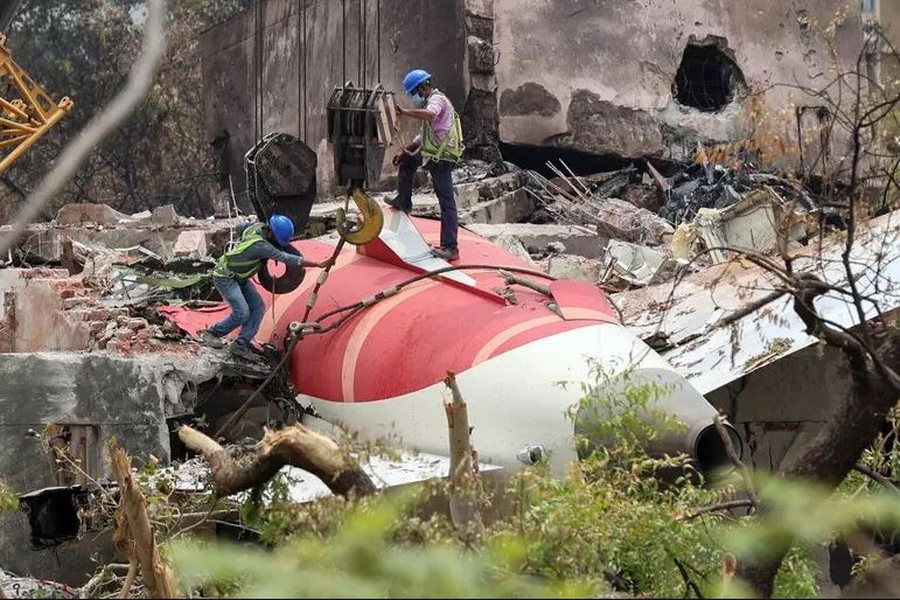
This is not the first time a plane crash has occurred due to the pilots' voluntary decisions. These incidents have reignited the debate over air safety regulations.
The investigation into the crash of an Air India Boeing 787 that crashed minutes after takeoff with 242 people on board is still ongoing. Preliminary investigations have ruled out any technical fault but suggest that the fuel switches were turned off, either intentionally or by mistake. Similar incidents, although rare, have occurred throughout aviation history, when pilots or co-pilots have deliberately caused in-flight tragedies, leading to stricter regulations on safety procedures and crew psychological screening. The cockpit is considered one of the safest and most regulated environments in the world, however, in extremely rare cases, those charged with ensuring safety can themselves be the cause of the tragedy.
Japan Airlines Flight 350 (February 9, 1982) 24 fatalities
During the approach to Haneda Airport, Captain Seiji Katagiri disengaged the autopilot and activated the reverse thrust system in flight, pushing the plane into the sea. The co-pilot and engineer tried to stop him, but the plane landed in the water, killing 24 passengers and none of the crew. Katagiri survived, having been found not guilty by reason of insanity related to paranoid schizophrenia.
SilkAir Flight 185 (December 19, 1997) killed 104 people
A Boeing 737 crashed into the Musi River in Indonesia. An investigation found that one theory of the disaster was that the captain deliberately overdid his controls to cause the crash. Other hypothesized reasons included financial problems and life insurance, although Indonesian authorities remained officially unclear. A total of 104 people died. An investigation by the National Transportation Safety Board determined that the cause of the crash was a deliberate dive by the captain with suicidal intent. While Indonesian investigators at NTSC found "no concrete evidence" to support the pilot's claim of suicide, and the previously suspected hydraulic power control unit had been deemed free of defects by the manufacturer, NTSC's final statement was that they had been unable to determine the cause of the accident and was therefore unclear.
Malaysia Airlines Flight MH370 (March 8, 2014) 239 fatalities
The shadow of a deliberate act has also hung over Malaysia Airlines flight MH370, from Kuala Lumpur to Beijing, which disappeared from tracking systems over the Indian Ocean on March 8, 2014, and was never found. An oft-repeated theory has claimed that it was a suicide by the pilot, 53-year-old Zaharie Ahmad Shah, who, before disappearing from radar, had changed course towards the state of Penang, where he was born.
Germanwings Flight 9525 (March 24, 2015) 150 fatalities
On 24 March 2015, Germanwings Flight 9525, an Airbus A320, crashed in the French Alps, killing all 150 people on board. Co-pilot Andreas Lubitz, taking advantage of the captain's absence from the cockpit, locked the doors and deliberately crashed the plane into a mountain. Lubitz suffered from severe psychological disorders, particularly depression, which he had concealed from the airline. The investigation found that the disaster was a deliberate act and not a technical accident. The incident led to a review of safety regulations, with the introduction of a mandatory two-person cabin crew at all times and increased monitoring of the mental health of pilots. (A2 Televizion)











